For National Family History Month this year we asked staff from the Special Collections Research & Support team to answer frequently asked questions about shipping and immigration. In our earlier blog, Leisa, Andrew and Qin Qin explored Australian passenger lists, convict transportation records, military pay lists and musters and naturalisation records.
In this blog, we have Robert, Matthew and Damian answering questions about finding crew or mariner records, ship’s pictures and specifications, as well as learning how to discover more about your ancestors' voyage to Australia.
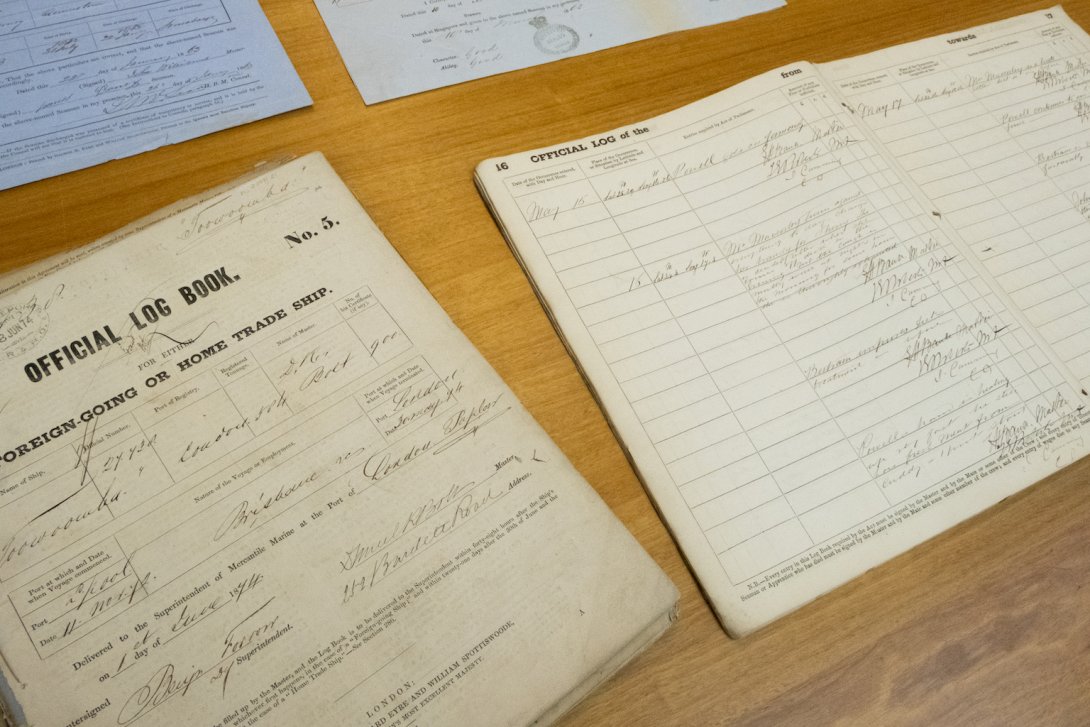
Robert: What resources are available to find mariner records?
Whether you call them mariners or sailors, information on those who served aboard ships and boats is often sought out, though not all records are available today. The availability of records depends on who operated these vessels, and the time-period they did so. If these vessels were privately owned, and not managed by the government, the records may not have been kept.
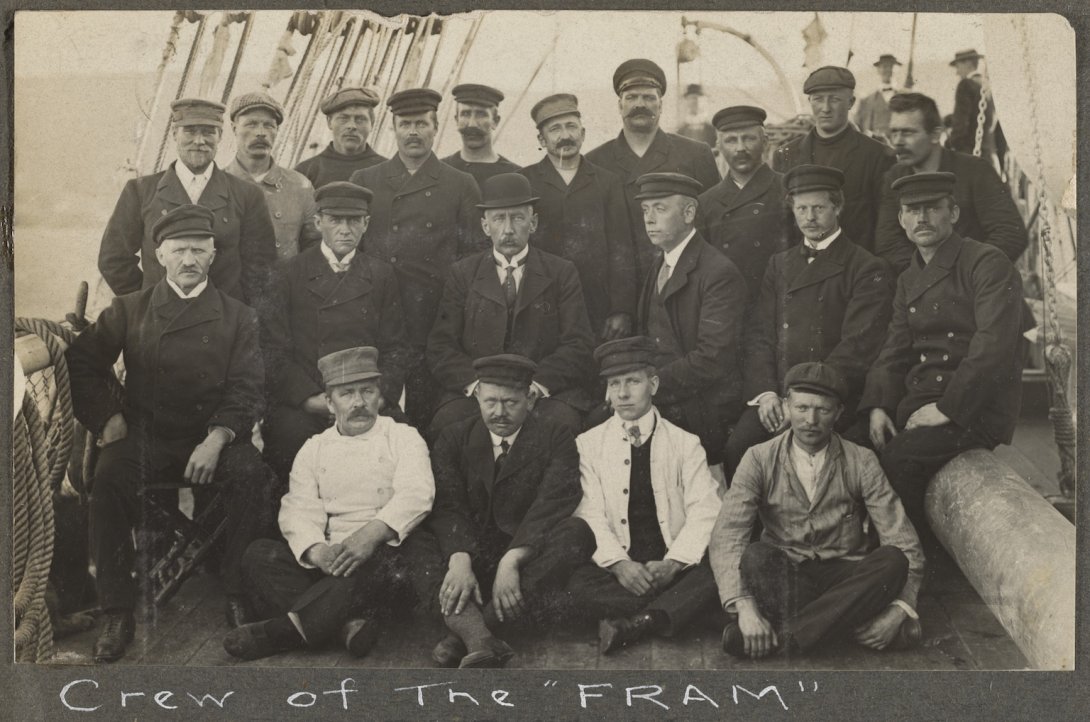
Original crew records from before 1924 are held by the separate state records and archives, and records from after this are held by the National Archives of Australia. Online databases may provide digitised copies of the records, or you may need to contact the archive directly. Some of the archives have specific online databases relating to a ship’s crew, and some passenger lists recorded the crew, so it is worth searching all possible records available.
A search of digitised newspapers in Trove may result in articles that mention the name of a ship, ship’s captain, or specific crew members about whom you may be seeking information. These articles may be about the arrival and departure of the ship, accidents including deaths, troublesome crew members, deserters, or cargo lists.

If a member of the crew deserted, their name may be placed within a police or government gazette. These gazettes may have been digitised and are able to be explored in Trove, such as the NSW Police Gazette (1860-1930).
Other sources of information about deserters can be found in Ships' deserters, 1852-1900 including stragglers, strays and absentees from H.M. ships by J. Melton, the Victoria, Australia, Deserter, Discharged, Prisoner Crew Lists 1852-1925 available from Ancestry (Library edition) through our eResources portal, and the Marine Deserters 1856 to 1860 Index available on the State Records of South Australia website.
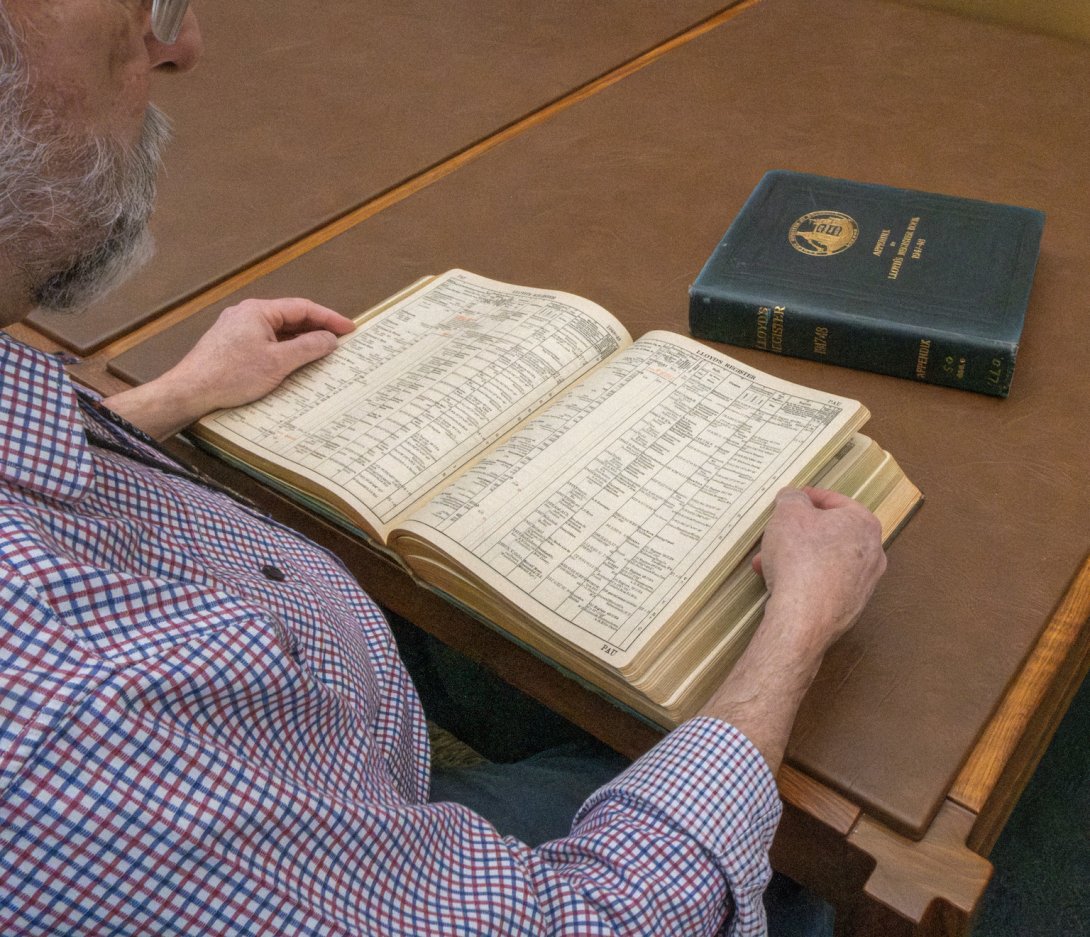
The series of books Log of logs by Ian Nicholson provides a listing of known ships’ logs and journals, shipboard diaries and letters, from 1788 to 1988, for the Australian region, along with where these records are held.
Another helpful series is Lloyd's register of shipping which provides basic information on ships that have been ‘surveyed’ between 1914 and 1949.
The Australian National Maritime Museum also has a list of resources that are held at the Vaughan Evans Library. You will need to contact the library directly to organise access to this information.
Matthew: How can I find a picture or specifications of a ship?
Trove’s images category is always a good place to start when looking for pictures. Water vessels of many kinds were popular subjects for illustrations in the 19th century. You could start with a broad search, such as just the name of the vessel, though it may be useful to limit your search to a likely time-period, as ship names are not necessarily unique. Other details such as the type of ship, the captain’s name, or the ports of arrival and departure may help you narrow it down if you’re finding too many results.
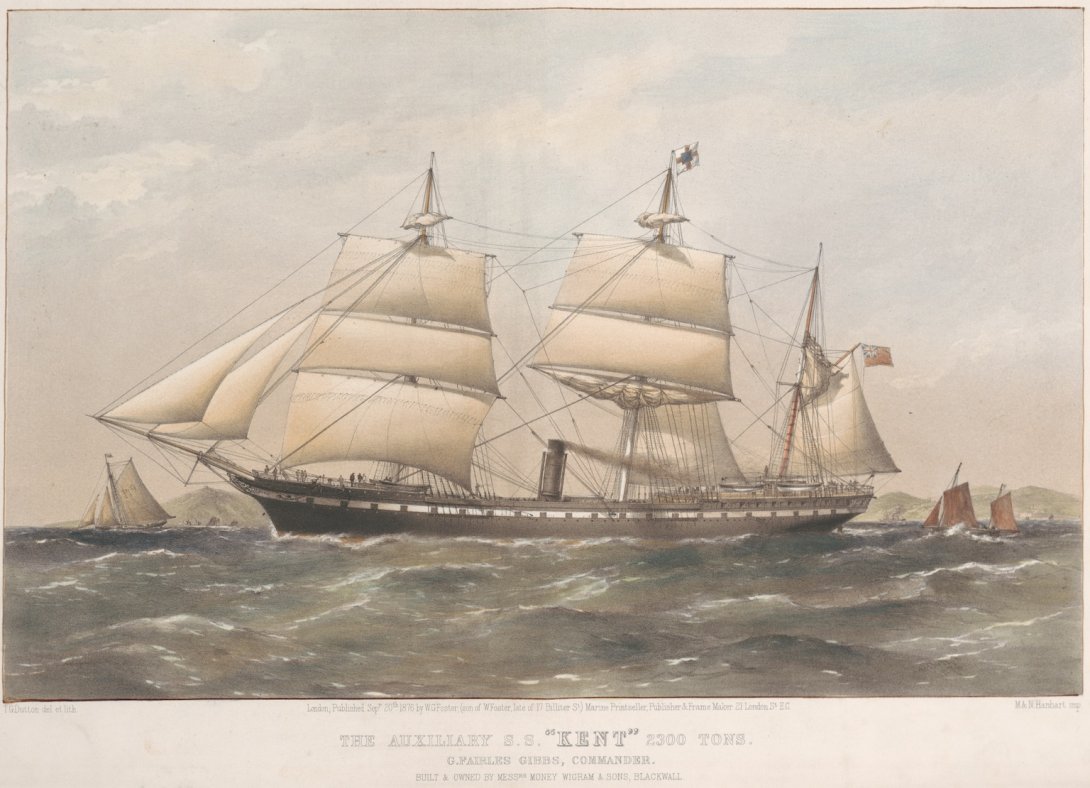
Results are likely to include images that have not yet been digitised. If you find something that may be relevant to your research and it isn’t yet available to view online, you can contact the holding institution to find out how to view the image or order a copy.
The Library’s collection of artworks and photographs has many images of passenger ships, many of which are digitised, that can be explored through our catalogue.
Don't forget digitised newspapers in Trove as a potential source of images. Did you know there is a search feature where you can limit your results to those containing images? Early colonial newspapers sometimes printed engravings of ships to illustrate their articles, and later included photographs. Ship specifications can also often be found in newspapers.
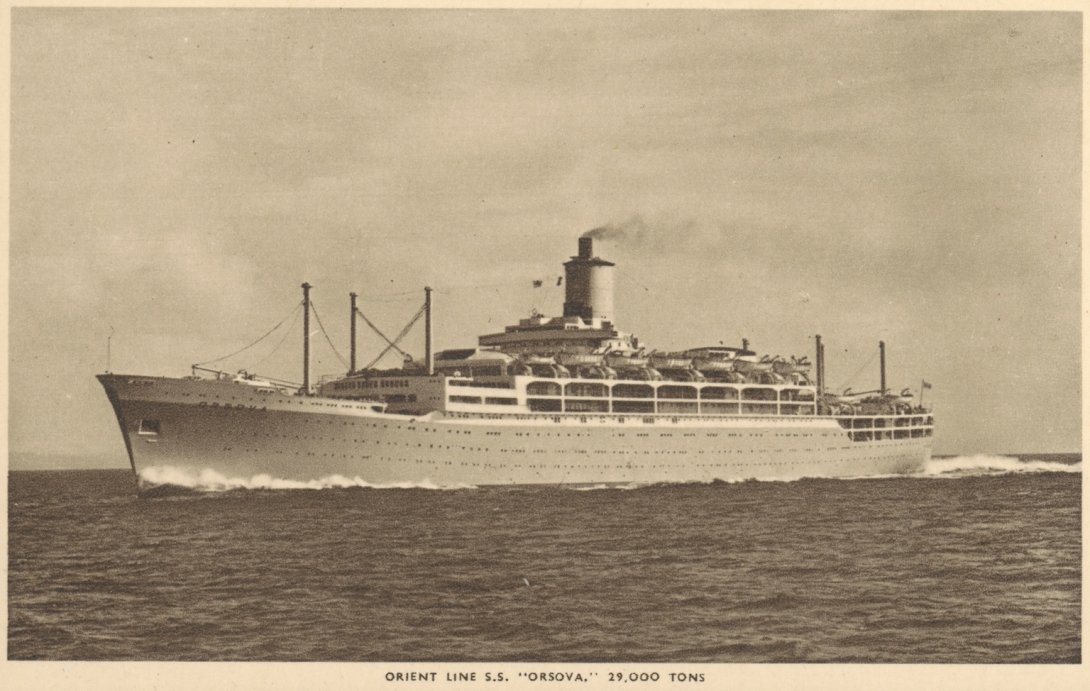
Ship specifications were traditionally found in shipping registers books held in libraries. Fortunately, more and more content is being made available online. The Australian Register of Historic Vessels features background information on designers, builders and owners of more than 800 vessels.
I hope your ancestors weren’t shipwrecked, but if they were, their ship might be found in the Australasian Underwater Cultural Heritage Database.
Many libraries, including the National Library, will have research guides with more ideas for you to pursue.
Damian: How can I learn more about my ancestors’ voyage to Australia?
For migrants to Australia in the 19th century, the sea route from Europe could take three or four months. By the mid 20th century, a voyage would still be around one month, but this would have no doubt always felt longer. So, while the family story you know may be from the arrival of ancestor migrants to Australia, the voyage to Australia may have its own story.
As with other research into your migrant ancestors, knowing the ship name and voyage date is the essential starting point.
One key resource to find out more is Log of logs by Ian Nicholson. Across three volumes this gives entries for ships that came to Australia from 1788 to 1998 and where known logs, journals, letters and other narratives of the voyage are held in different libraries, archives and museums.
A ship may have made repeated voyages to Australia, and ship names were often reused over time for different vessels. Log of logs can be very useful to tease out these possible confusions and be sure of exactly what ship you are looking for and when.
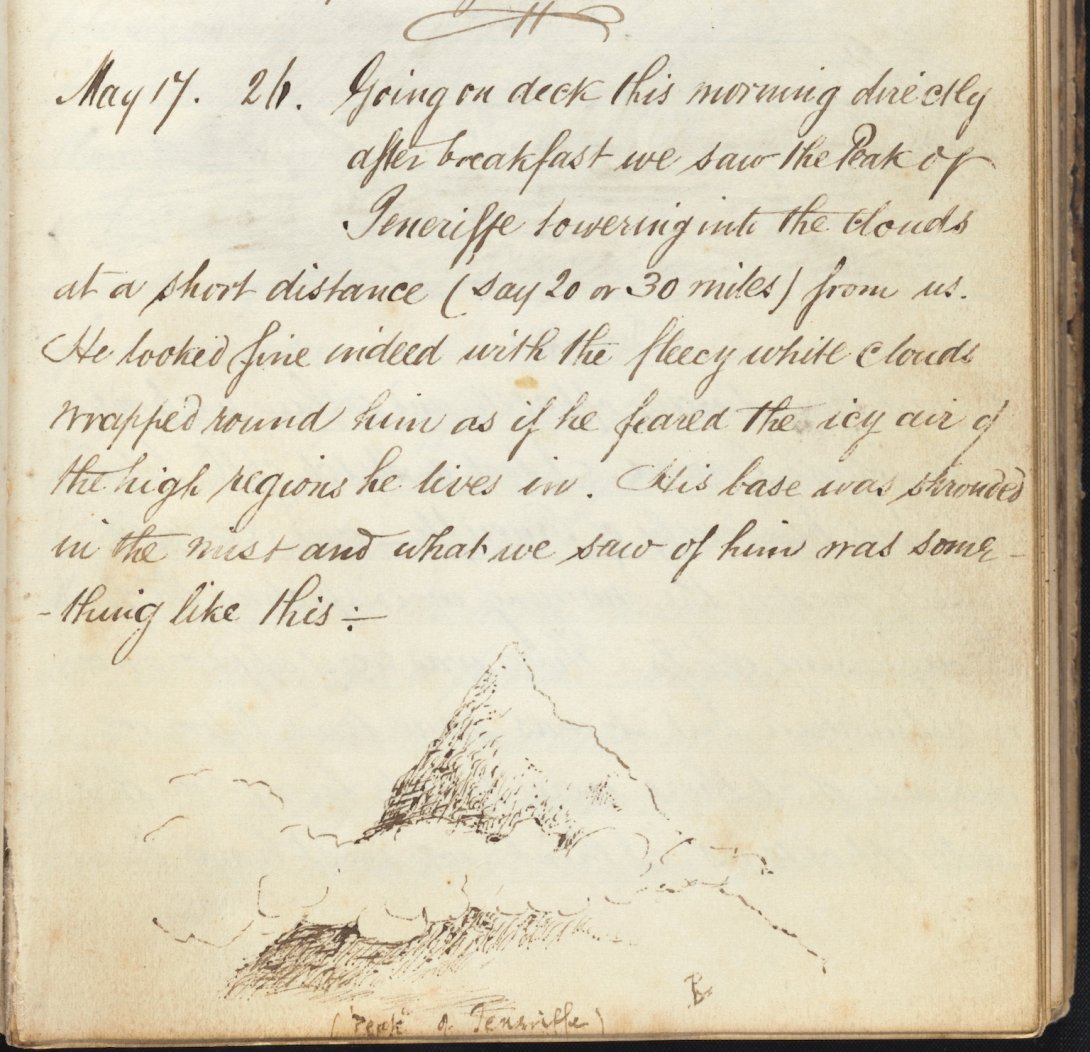
Diaries or journals were often kept on board ship by an individual migrant as their own record of the voyage. The Library has a collection of these shipboard diaries with many of them being digitised and online. While it may not have been written by your ancestor, it may have been the same voyage or the same era, and therefore describe a common experience.
Official and unofficial ships’ newsletters were often written by and for passengers on the voyage. The Pioneer, for example, was written to entertain during the voyage of the S.S Queen of the Thames from London to Melbourne in 1871.
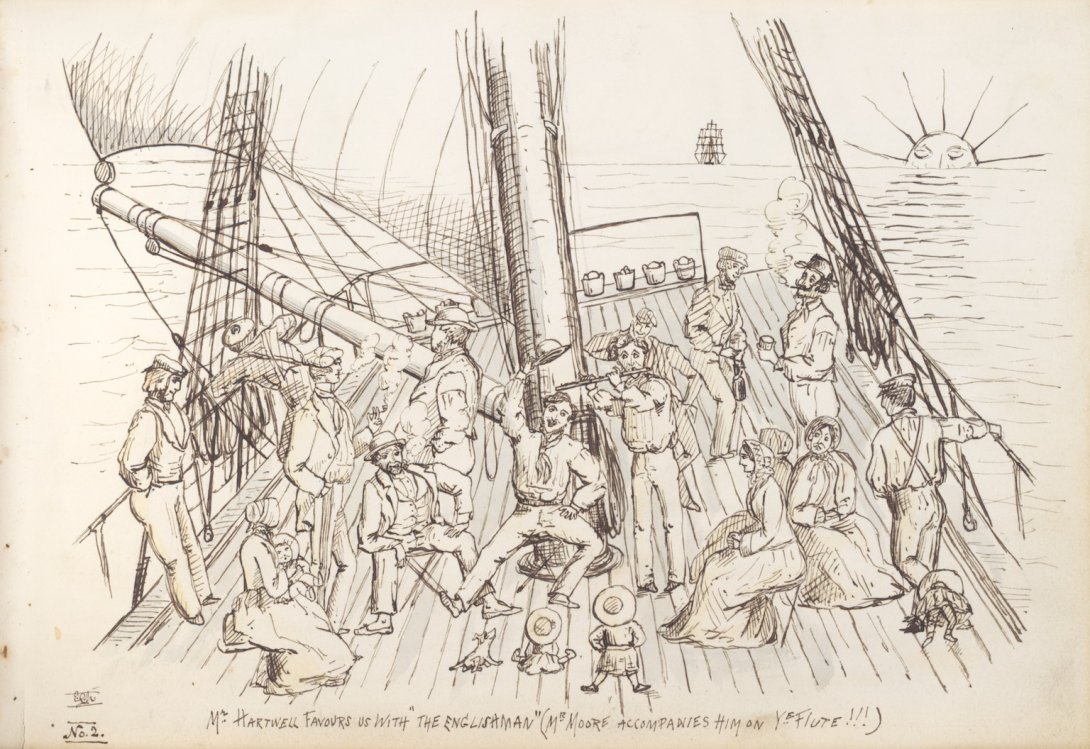
Australian newspapers may have noted the arrival of migrant ships in shipping notices and included a story of the voyage from a newly arrived passenger. Trove has a wide range of historical Australian newspapers digitised, where you can search for the ship name and then refine the results to narrow down to the right date.
British newspapers could also include stories of a voyage. The Library provides access to many overseas newspapers, and through our eResources portal you can read historical newspapers in the British Library Newspapers and Irish Newspapers Archive databases.
The Library’s map collection has an international scope and so can not only show what lands a migrant left behind also show where ports of call or shore excursions happened on the way to Australia. Match this with what you may find in shipboard diaries to map out the full voyage.
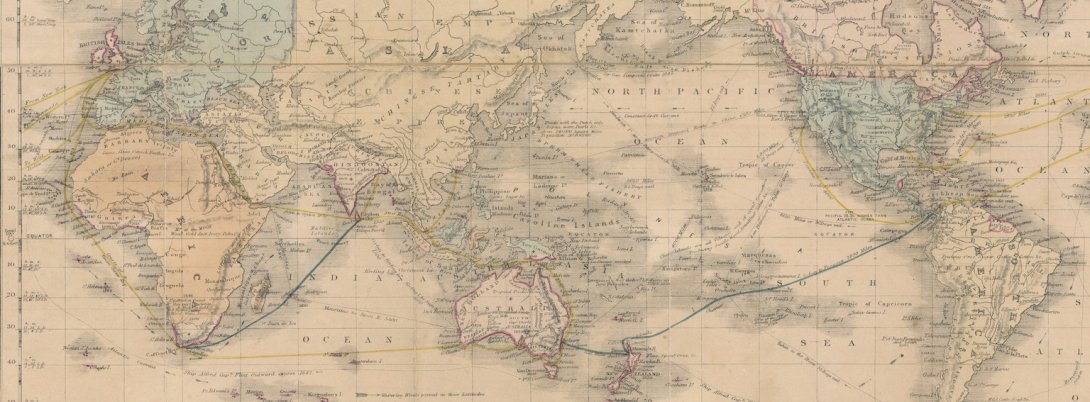
For all of these possible sources of a story, start by searching the catalogue for a ship name, and then search for the same on Trove to see what other libraries, archives and museums across Australia have.
Set sail on your family research
We hope that you’ve enjoyed parts one and two of our Discovering your ancestors’ migration story blogs for National Family History Month. If you have any further questions about how to access these resources or have hit that research brick wall, contact our Ask a Librarian service for assistance.
Find more stories of migration in the Library’s collection in our Hopes and Fears exhibition.